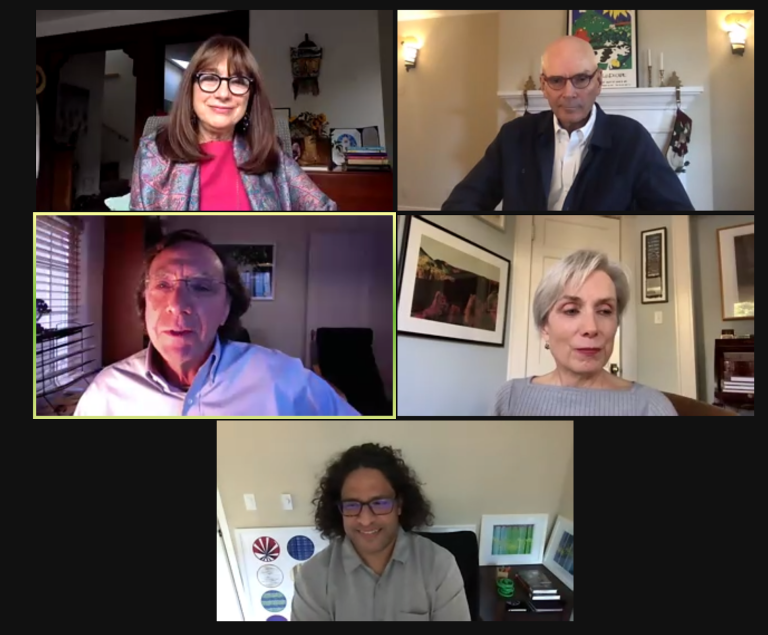Educators and authors said that today’s fast-paced, fragmented lifestyle could be changing brain development in a virtual event hosted by the Center for Advanced Study in the Behavioral Sciences (CASBS) on Wednesday.
According to experts, adolescents and adults are receiving information flow differently than in previous decades. As a result, everyday behaviors are thus rapidly changing due to decreasing attention spans and a need for multitasking in a digital society.
“We are becoming more and more accustomed to using less and less of those deeper processes” such as critical and empathetic skills due to an increasingly digitized world, said Maryanne Wolf, director of the UCLA Center for Dyslexia, Diverse Learners, and Social Justice.
According to Wolf, that’s because of ongoing changes in the reading brain, which has evolved over centuries.
The brain was not originally meant to read, Wolf said, but new inventions demanded the necessity of building a reading circuit. This process progressed from foundational skills to the “elaboration of deep reading processes that move from making analogies from what we know, to what we read, to pulling together perspectives of others.”
However, this circuit is “plastic,” and society has grown to become skimmers rather than deep readers, Wolf said.
Communications and psychology professor Nilam Ram added that over time, this digital age may cause attention and memory to change dramatically, and “cognitive slowing [is] something we might see in the way we operate on the devices.”
Communications professor Byron Reeves described a Stanford project in which participants are paid to have software in their laptop or phone that takes a screenshot every five seconds. The screenshot is then sent back to Stanford servers to be analyzed.
After one year, Reeves said that the end result, which included about 1,000 participants and 200 million screenshots, created “the movie of what your digital life looks like.”
According to Reeves, this “movie” is incredibly fragmented, displaying various activities over a course of a few seconds.
“Every moment by moment, the average median amount of time you spend on any digital segment doing one thing before you switch and do something else is about 10 to 20 seconds,” Reeves said.
“One moment I’m in my email, one moment I’m on Zoom, one moment I’m making a meal,” Ram added.
Contact Anita Tun at anitatun2005 ‘at’ gmail.com.
